A 19th-century London artists’ supplier named Charles Roberson offered imitation human beings for sale or rent, with papier-mâché heads, soft leather skin and flexible, jointed limbs. The top-of-the-range article — described in Roberson’s catalogue as ‘Parisian stuffed’ — was pricey. Nonetheless, painters often felt they just had to have one whatever the cost.
Many such creatures inhabit Silent Partners: Artist & Mannequin from Function to Fetish, a pioneering exhibition at the Fitz-william Museum, Cambridge. There are also distinguished paintings on view. But it is the figures themselves — slightly comic, a touch eerie, hard to classify — that are the real stars of the show.
The curator, Jane Munro, has highlighted a crowd of objects that have been hiding in plain view for hundreds of years. We have always known that artists used lay figures or mannequins to help them with tasks such as drawing drapery. In one such study, by the early 16th-century Florentine, Fra Bartolomeo, a wooden doll can vaguely be made out beneath carefully observed folds of cloth.
It has not, however, previously been pointed out how ubiquitous these patient artistic helpmates were in the studios of the past. This was partly because they were a shameful secret. Poussin, for example, was known to use wax figures — miniature ones — in a kind of toy theatre as a method of working out his compositions and their lighting. A reconstruction of this contraption stands next to the Fitzwilliam’s magnificent Poussin, ‘Extreme Unction’ (1638-40), on the route through the museum towards the exhibition.
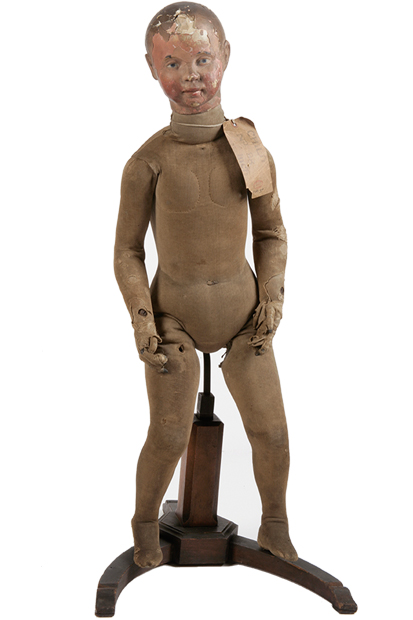
Poussin’s reliance on little models, however, came to be regarded as a bad habit. Delacroix blamed it for what he considered the ‘extreme aridity’ of Poussin’s work. Theoretically at least, art was considered far too elevated an affair, intellectually and spiritually, for its practitioners to stoop to employing such gadgets.
The exhibition unmasks lay figures lurking beneath the clothes of human beings in familiar pictures. When you know that Thomas Gainsborough owned an ‘ingeniously constructed’ mannequin with brass joints, and another life-sized item stuffed with straw, you understand why the sitters in a painting such as ‘Heneage Lloyd and His Sister, Lucy’ (c.1750) have a charmingly doll-like air. More surprisingly, Gustave Courbet is also revealed as a serial mannequin-exploiter, which makes you take a second, more informed look at the smartly dressed walkers of ‘Young Ladies of the Village’ (1851-52).
For many artists, the point of the figures was strictly utilitarian. They could pose longer and in more awkward positions than living, breathing people. Child-sized versions were handy for a painter such as Holman Hunt, as substitutes for the ‘filthy savage little urchins’ he was using as models. But early on mannequins began to shift into a frontier zone between the living and the inanimate. Some German 16th-century figures have a degree of anatomical detail — of breasts and genitalia — unnecessary for drapery studies, suggesting that they were curiosities in themselves.
In the 18th and 19th centuries, ages of so many technological improvements, much thought and effort was devoted to making the lay figure more flexible and life-like. The result was an object such as the deluxe mannequin made by Paul Huot around 1816: the acme of the ‘Parisian stuffed’ studio accessory, with flesh upholstered with horse-hair, silken skin and naturalistically painted head. A less expensively crafted wooden example, reputedly once in Hogarth’s possession and definitely owned by Walter Sickert, is even more disconcerting. There is a faint impression that if you turned your back it might surreptitiously move.
It is no surprise that artists such as Dalí and De Chirico received a delightful frisson of dreamlike strangeness from lay figures and their close cousins, shop-window mannequins, dressmaker’s dummies and fair-ground automata. These, as the last gallery demonstrates, are as much of a staple in surrealism as fish on plates or cows in fields are to other artistic idioms.
A few artists, such as Oskar Kokoschka, seem to have had virtual romances with the motionless female figures in front of their easels. A similar dalliance is suggested by a series of paintings by the 20th century British artist Alan Beeton, featuring his pretty fibre-padded muse in various postures, including the sinister ‘Decomposing’ (c. 1929). Even so, the mannequin herself, exhibited with the pictures, steals the show.
In recent years, we’ve realised that the history of sculpture, far from being merely a matter of bronze and marble, also includes such things as Spanish devotional statues painted in living colours. Much contemporary art — such as the Chapman Brothers’ snout-faced children, which are the final exhibit — has more in common with this tradition than with Rodin or Giambologna. These mannequins add another complication to the subject. Are they artists’ aids, or works of art in themselves — or perhaps both? It is impossible to decide, which adds to their fascination.
Got something to add? Join the discussion and comment below.
Get 10 issues for just $10
Subscribe to The Spectator Australia today for the next 10 magazine issues, plus full online access, for just $10.
You might disagree with half of it, but you’ll enjoy reading all of it. Try your first month for free, then just $2 a week for the remainder of your first year.

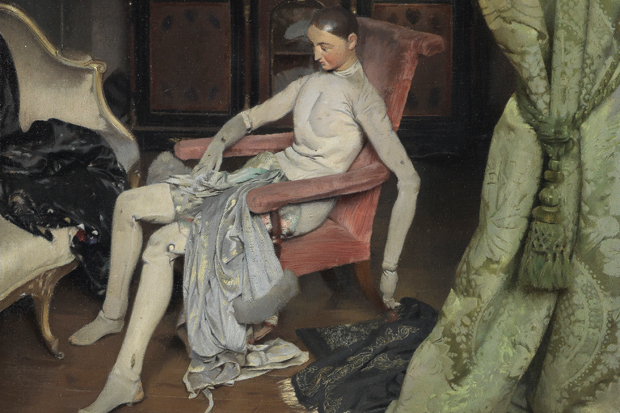
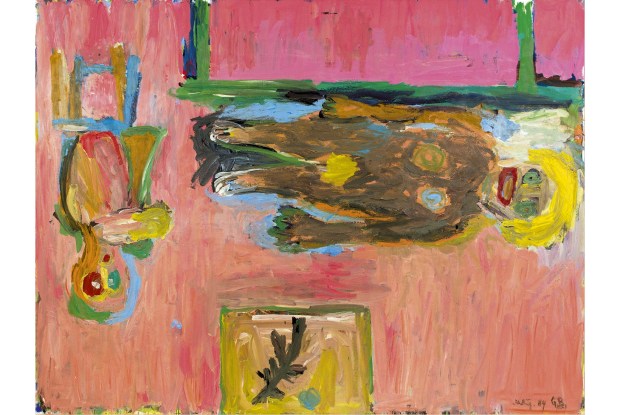
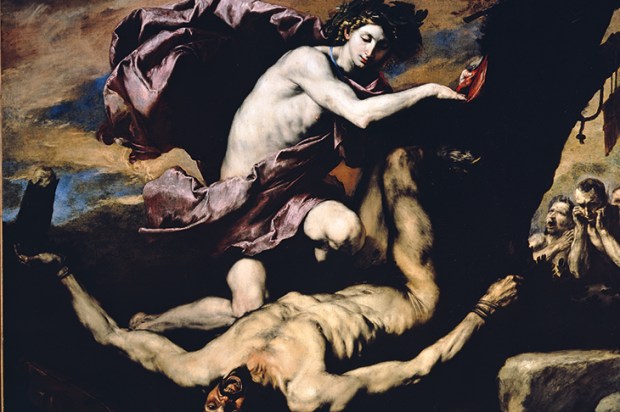
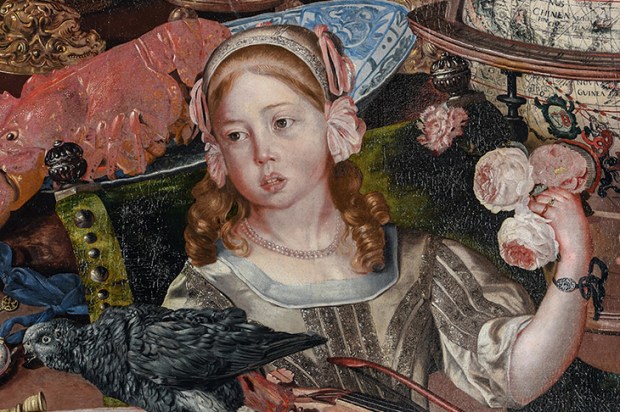
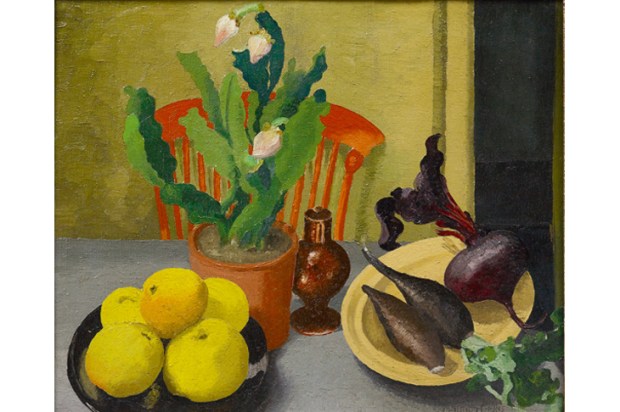








Comments
Don't miss out
Join the conversation with other Spectator Australia readers. Subscribe to leave a comment.
SUBSCRIBEAlready a subscriber? Log in